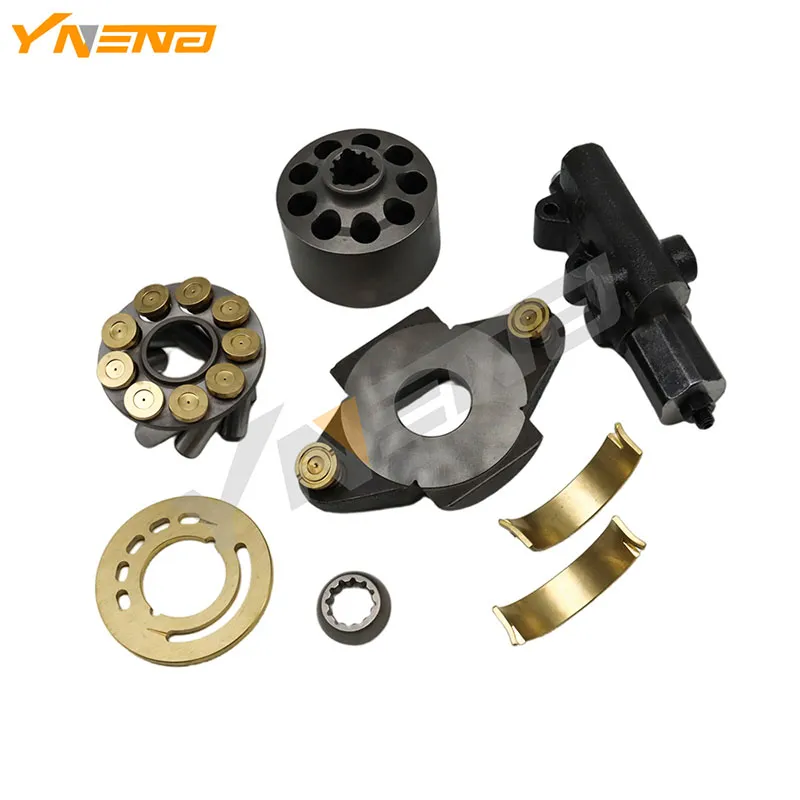Breaking Down the Core Components of a Hydraulic Pump
2024-11-20
Hydraulic pumps play a vital role in powering various industrial and mobile equipment by converting mechanical energy into hydraulic energy. Understanding the main components of a hydraulic pump is key to optimizing its performance and ensuring reliability. In this blog, we’ll explore these components and their specific roles in hydraulic pump operation.
What is a Hydraulic Pump?
A hydraulic pump is a mechanical device that creates fluid flow, enabling the transmission of force through hydraulic systems. The pump’s efficiency and durability depend on the seamless operation of its core components.
Main Components of a Hydraulic Pump
1. Casing (Housing)
- Function: The outer shell of the pump that protects internal components and contains the hydraulic fluid under pressure.
- Material: Often made of cast iron, aluminum, or steel to withstand high-pressure conditions.
2. Gears, Pistons, or Vanes
- Function: These moving parts are responsible for generating fluid flow. The type of pump determines the component:
- Gear Pump: Gears intermesh to create a fluid flow.
- Piston Pump: Pistons move back and forth to generate pressure.
- Vane Pump: Vanes slide within a rotor to displace fluid.
3. Input Shaft
- Function: Transfers mechanical energy from the power source (engine or motor) to the pump’s internal components.
4. Rotors
- Function: Found in vane and gear pumps, the rotor rotates to drive the vanes or gears, displacing fluid in the process.
5. Wear Plates
- Function: Protect internal surfaces from friction and wear, extending the pump’s lifespan.
6. Seals and Gaskets
- Function: Prevent leakage of hydraulic fluid and maintain system pressure. These components also protect against contamination.
7. Bearings
- Function: Support rotating components like the input shaft, ensuring smooth and efficient operation.
8. Control Mechanisms (Swashplate in Piston Pumps)
- Function: Adjusts the displacement of the pump, controlling the flow rate in variable displacement pumps.
How These Components Work Together
When the hydraulic pump is powered, the input shaft transfers energy to the gears, pistons, or vanes. This motion displaces fluid within the casing, creating the necessary flow and pressure. Seals and wear plates ensure efficient operation by preventing leaks and minimizing wear, while bearings stabilize the moving parts.
Maintenance Tips for Hydraulic Pump Components
1. Inspect Seals Regularly: Prevent fluid leaks by replacing worn or damaged seals.
2. Check Bearings: Ensure smooth rotation by inspecting and lubricating bearings.
3. Clean Components: Prevent contamination by keeping internal parts free from debris and particles.
The main components of a hydraulic pump work in harmony to deliver consistent fluid flow and pressure. By understanding these parts and their roles, operators can ensure the longevity and efficiency of their hydraulic systems, minimizing downtime and maintenance costs.



